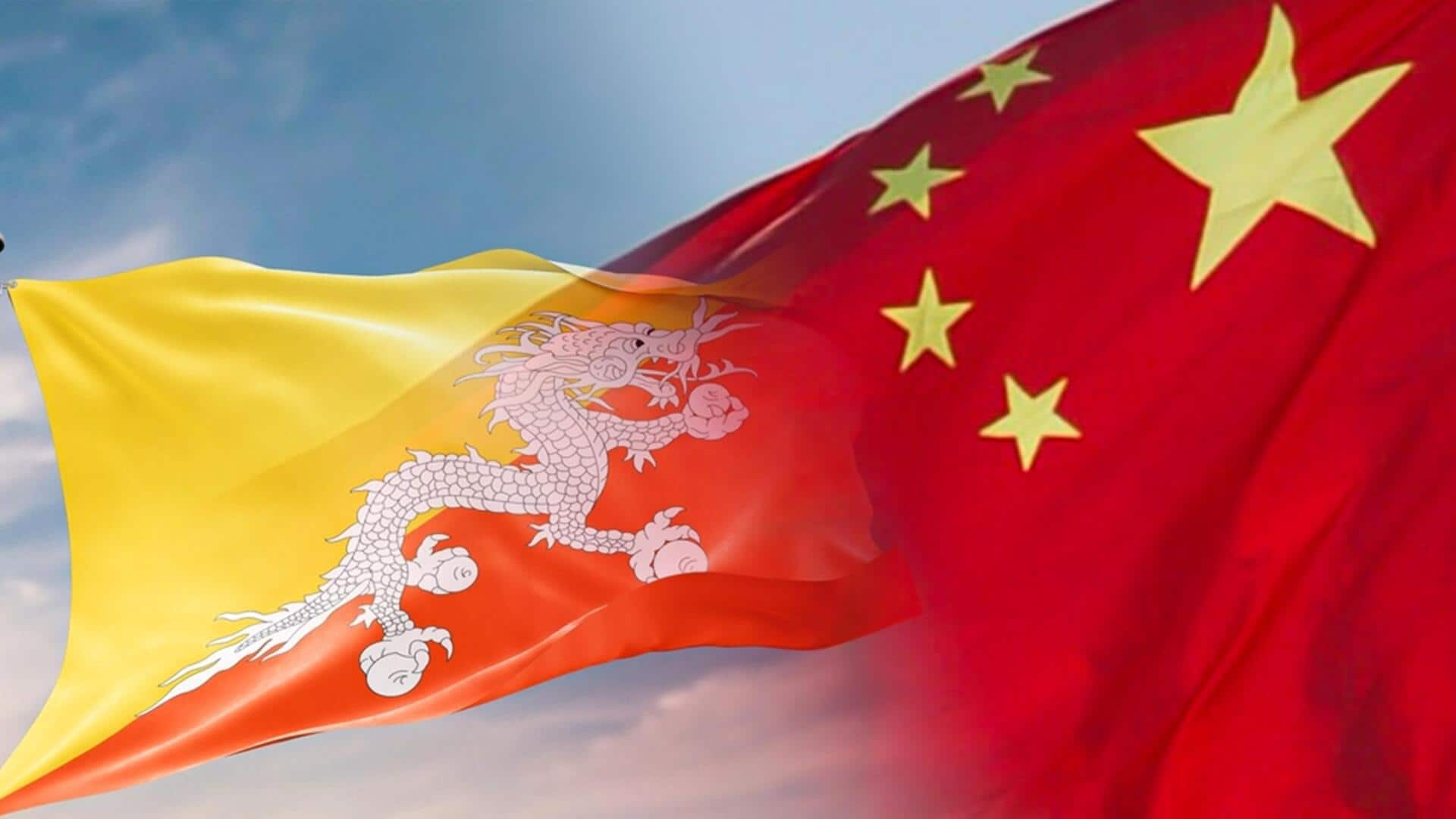
China builds villages, barracks in Bhutan's territory amid border negotiations
What's the story
Recent satellite imagery has shown that China is expanding into Bhutan's territory while both countries are engaged in negotiations to redraw the disputed Bhutan-China border. Satellite images by the United States (US)-based Maxar Technologies revealed a significant increase in China's presence in northern Bhutan's Jakarlung Valley over the past two years. Experts claimed that China is unilaterally seizing Bhutan's territory and establishing villages, military barracks, and outposts. The development comes as national elections are underway in Bhutan.
Context
Why does this story matter?
While India is Bhutan's security guarantor, experts say Bhutan is gradually orbiting toward China. Bhutan's incumbent Prime Minister Lotay Tshering indicated earlier that the border negotiations with China may result in an exchange of territory. Observers believe Bhutan could give up Jakarlung and its neighboring Menchuma Valley if China gives up its claim to the Doklam plateau. While China has already seized Menchuma Valley, Indian and Chinese forces clashed in Doklam—the trijunction between India, Bhutan, and China.
Details
Rapid construction against doubtful claims
Jakarlung's satellite images show the ongoing construction of at least 129 buildings, presumably residential quarters, in one settlement and at least 62 buildings in another nearby enclave. In contrast, images from August 2021 show none of these buildings. China is making its claim based on the grazing practices of herders, which does not have a precedent, said Professor Robert Barnett, a Tibetan history expert at the School of Oriental and African Studies (SOAS) at the University of London.
What Next?
China pressing Bhutan to establish formal diplomatic relations
In October, Tandi Dorji became Bhutan's first foreign minister to visit China, which is pressing the Himalayan country to establish formal diplomatic relations. Bhutan's policy bars it from maintaining direct diplomatic ties with any permanent members of the United Nations Security Council and has allowed India to act as the mediator. However, in October, Bhutan and China conducted their 25th round of boundary talks and signed a cooperation agreement based on the Three-Step Roadmap initiated in 2021 for border resolution.
Insights
India's concerns over Chinese expansion
Barnett pointed out that China signed a formal agreement with Bhutan in 1998 not to change the status quo in disputed areas, but it violated that agreement by occupying and settling Jakarlung. Meanwhile, India's concerns also extend to the Amu Chu River Valley, which lies adjacent to the Doklam plateau, where China has constructed at least three villages following the 2017 Doklam standoff. The two-month standoff was triggered as China was trying to extend an illegal road in the area.
Facts
Bhutan's strategic shift and its implications
Moreover, Tibetologist Claude Arpi said there is not much India can do about Bhutan gravitating toward China unless a new security agreement is signed between New Delhi and Thimphu. The Royal Bhutan Army lacks the capacity to react and push back against Chinese forces, unlike India's strong response in Eastern Ladakh's Galwan Valley in May 2020. Any Chinese extension near Doklam would threaten the Siliguri Corridor or the Chicken's Neck, the narrow strip that connects Northeast India with the mainland.